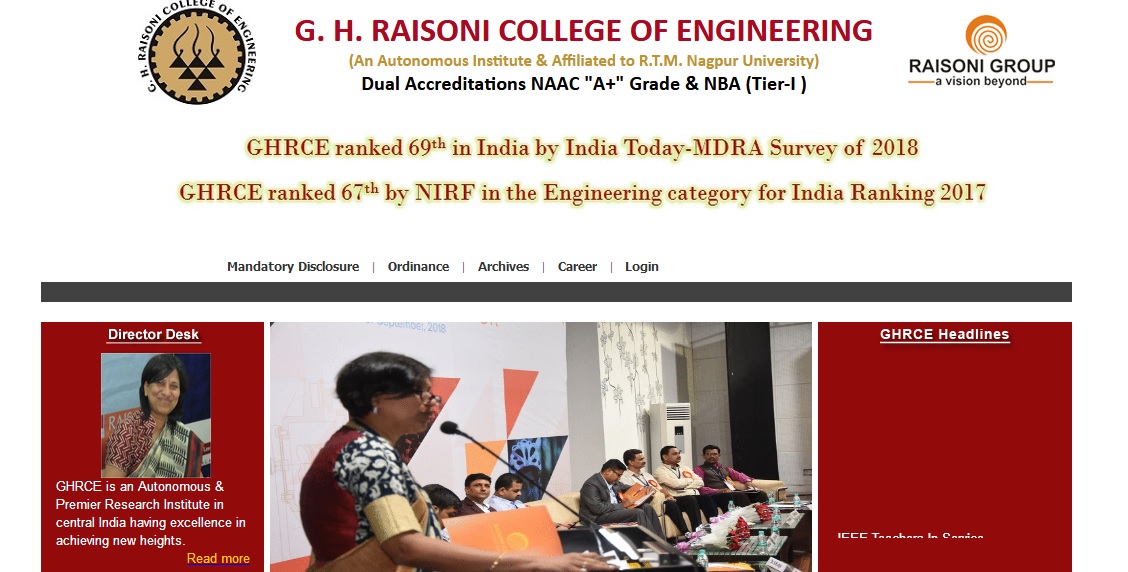Building Construction and materials B.E Question Bank : raisoni.net
Name of the College : G. H. Raisoni College Of Engineering
Subject Code/Name : Building Construction and materials
Dept : Civil Engineering
Degree : B.E
SEM: : IV
Website : raisoni.net
Document Type : Question Bank
Download Model/Sample Question Paper : https://www.pdfquestion.in/uploads/raisoni.net/3298-QUESTION%20BANK.docx
Raisoni Building Construction Question Paper
UNIT – I
Q.1. Define foundation. Explain, with sketches, various types of shallow foundations. (06)
Q.2 What is bearing capacity of soil & what are different methods of finding The bearing capacity of soil? (05)
Related : Advance Concrete Structure B.E Question Bank : www.pdfquestion.in/3296.html
Q.3. Enlist various types of shallow foundations. Describe in detail raft Foundation. (05)
Q.4. What measures would you take while constructing foundation in Black Cotton Soil? Explain. (05)
Q.5. Suggest a suitable foundation under the following circumstances and state Why ?
i) Foundation on sloping ground
ii) When it is not possible to extend the footing of an exterior column (04)
Q.6. What are the functions of foundation? Enlist essential requirements of good foundation. (06)
Q.7. What are causes of failure of foundation? Give its remedial measures. (06)

Q.8. Write short note on:
i) Improvement of B.C. in poor soils.
ii) Raft foundation.
iii) Combined footing. (06)
Q.9. A brick wall 20cm thick is 2.75 m in height above the plinth level. The plinth height is 60 cm. Design the strip footing for wall carrying a super imposed load of 7 t/m run. Soil weight 1650 kg/m3 , angle of repose for soil is 300 , Unit weight of masonry is 2000 kg/m3, Modulus of rupture for concrete 1:3:6 is 3.5 kg/m3, safe bearing capacity of soil is 10t/m2 sketch the foundation section. (07)
Q.10. Design the foundation for a load bearing structure, resting on soil having Bearing capacity as 180 kN/m3. And angle of internal friction 300. The
density of soil is 16 kN/m3. The wall thickness is 300 mm and the total load coming on the wall in 120 kN / length. (09)
Q.11.What is the pinion cutter gear generating process
Q.12.What are the different metho of gear manufacturing.
Q.13.Describe bevel gear generating process.
Q.14.Explain the different gear finishing processes .
Q.15.Explain the gear grinding .
Q.16.Explain the selection of gear cutter for cutting helical or spiral gears
UNIT – II
Q.1. What are the good qualities of brick? Enumerate the testes on brick as per IS code? (06)
Q.2. What do you understand by the term ‘Closer brick’? Described various types of closer bricks. (05)
Q.3. Draw the plan and elevation of the following :
i) 11/2 brick thick wall in English bond
ii) 2 brick thick Double Flemish bond. (05)
Q.4. Define the terms:-
i) Frog
ii) King closer
iii) Header
iv) Queen closer. (04)
Q.5. Compare English bond with Flemish bond. (06)
Q.6. Write the principles to be adopted while construction of brick masonry. (06)
Q.7. What is bond ? Describe in brief various types of bond used in Brick Masonry. (06)
Q.8. What is cavity wall? Describe its advantages and disadvantages. (06)
Q.9. What do you understand by ‘Reinforced Brick Masonry’ Explain the method of construction. (07)
UNIT – III
Q.1. What are the functions of Arches and lintels? Give relative merits and demerits of lintels over arches. (06)
Q.2. Write short note on
i) Relieving Arch
ii) Construction of arch (04)
Q.3. What are the various types of arches, Explain any one. (06)
Q.4. What are the requirement of good quality stone as per I.S-speciation (04)
Q.5. List out and explain the common building stones found in India. (06)
Q.6. Define the following terms:
i) Cornice
ii) Weathering
iii) Through stones. (03)
Q.7. Draw the elevation and cross section of typical stone masonry:-
a) Course Rubble masonry
b) Random Rubble masonry. (04)
Q.8. Enlist common types of joints provided in stone masonry. Give their Sketches. (05)
Q.9 Enlist various types of Ashlar stone masonry. Explain any one in details. (06)
Q.10. What are the appliances used for lifting heavy stones? Explain briefly. Draw sketch. (06)
Q.11. What are the different methods of Damp proofing ? Explain in brief.. (04)
Q.12. What are the effect of dampness on the structure. Describe any one Method. To prevent the defects of dampness. (07)
Q.13. Compare the brick masonry with stone masonry. (06)